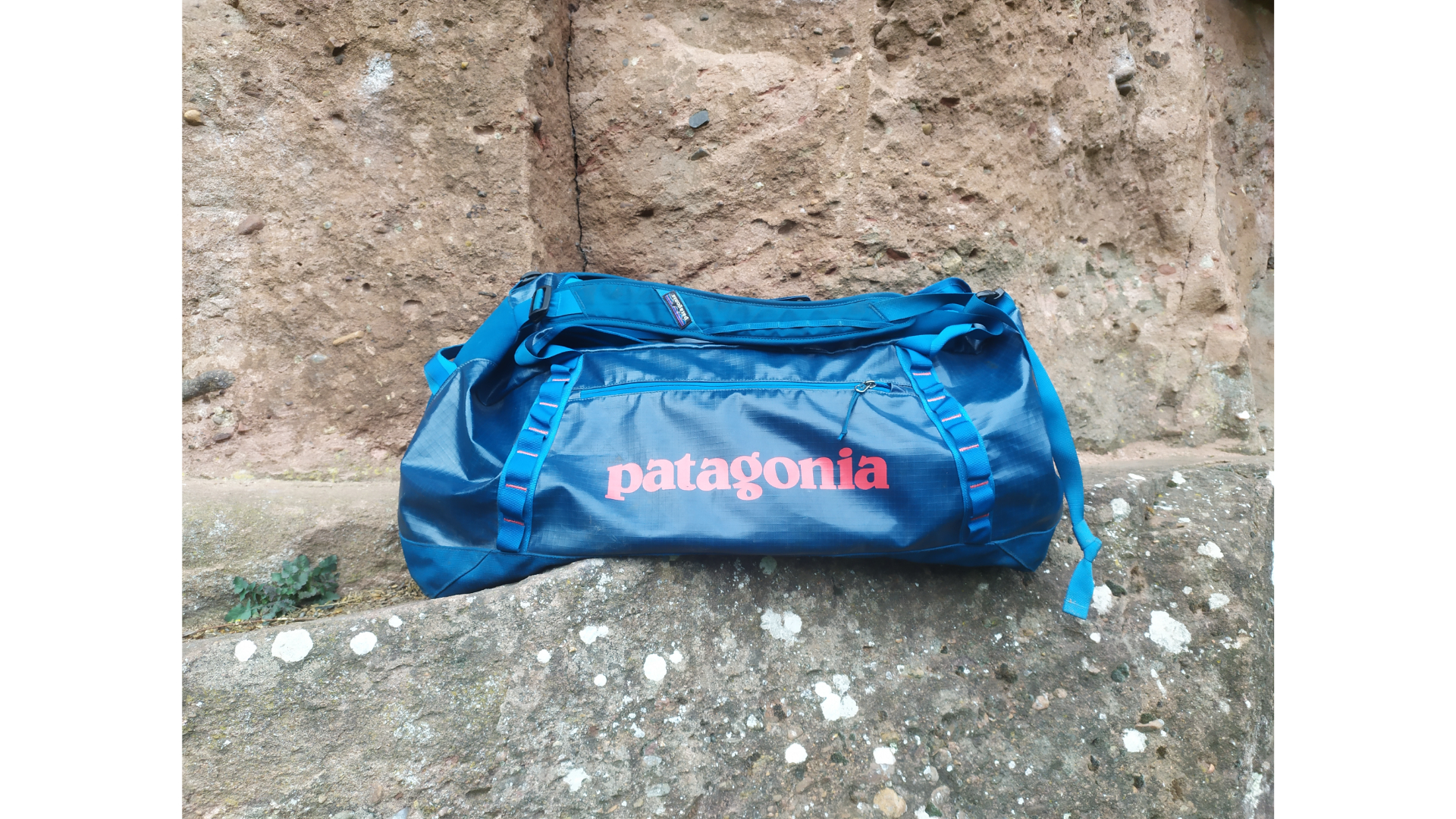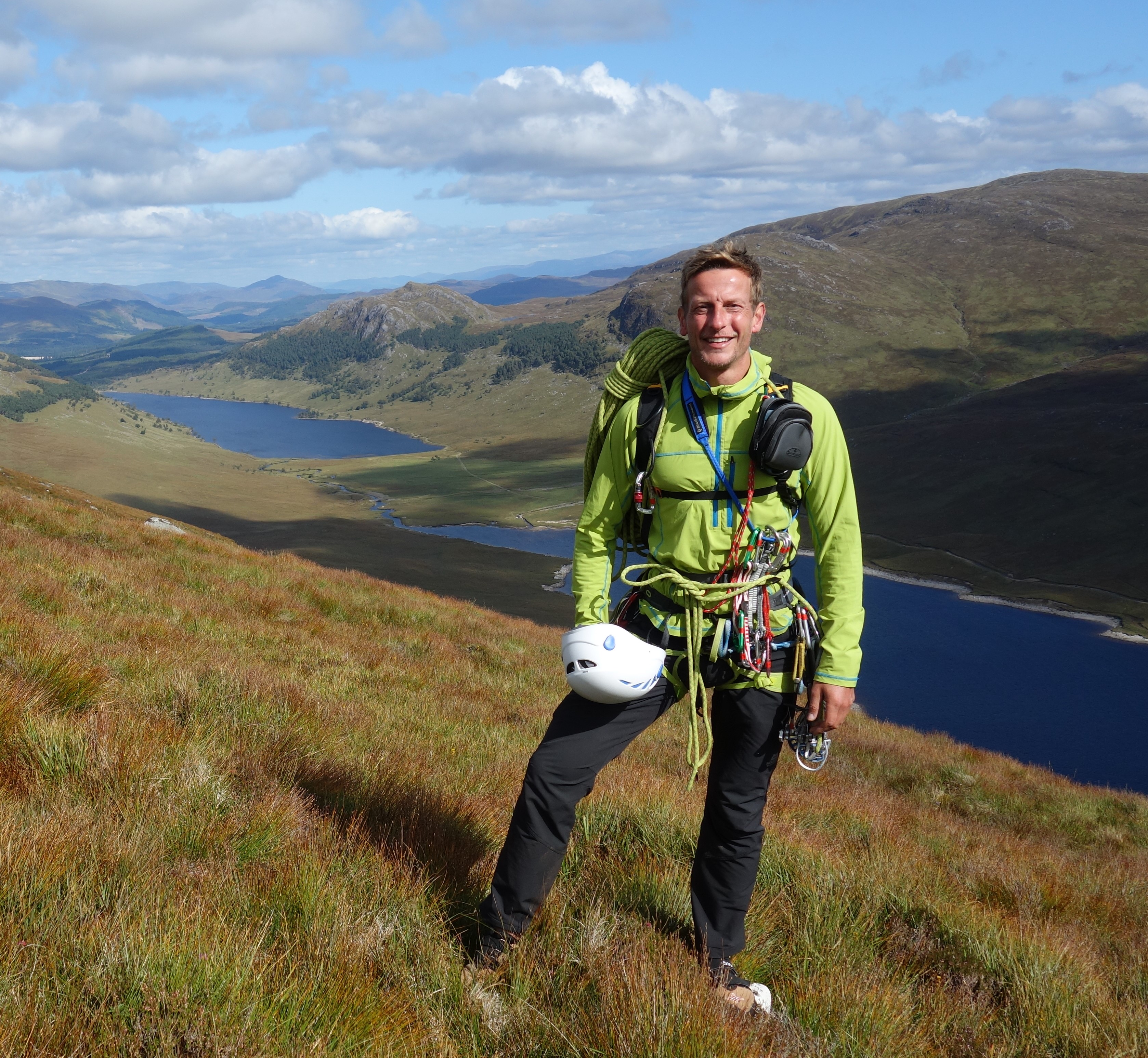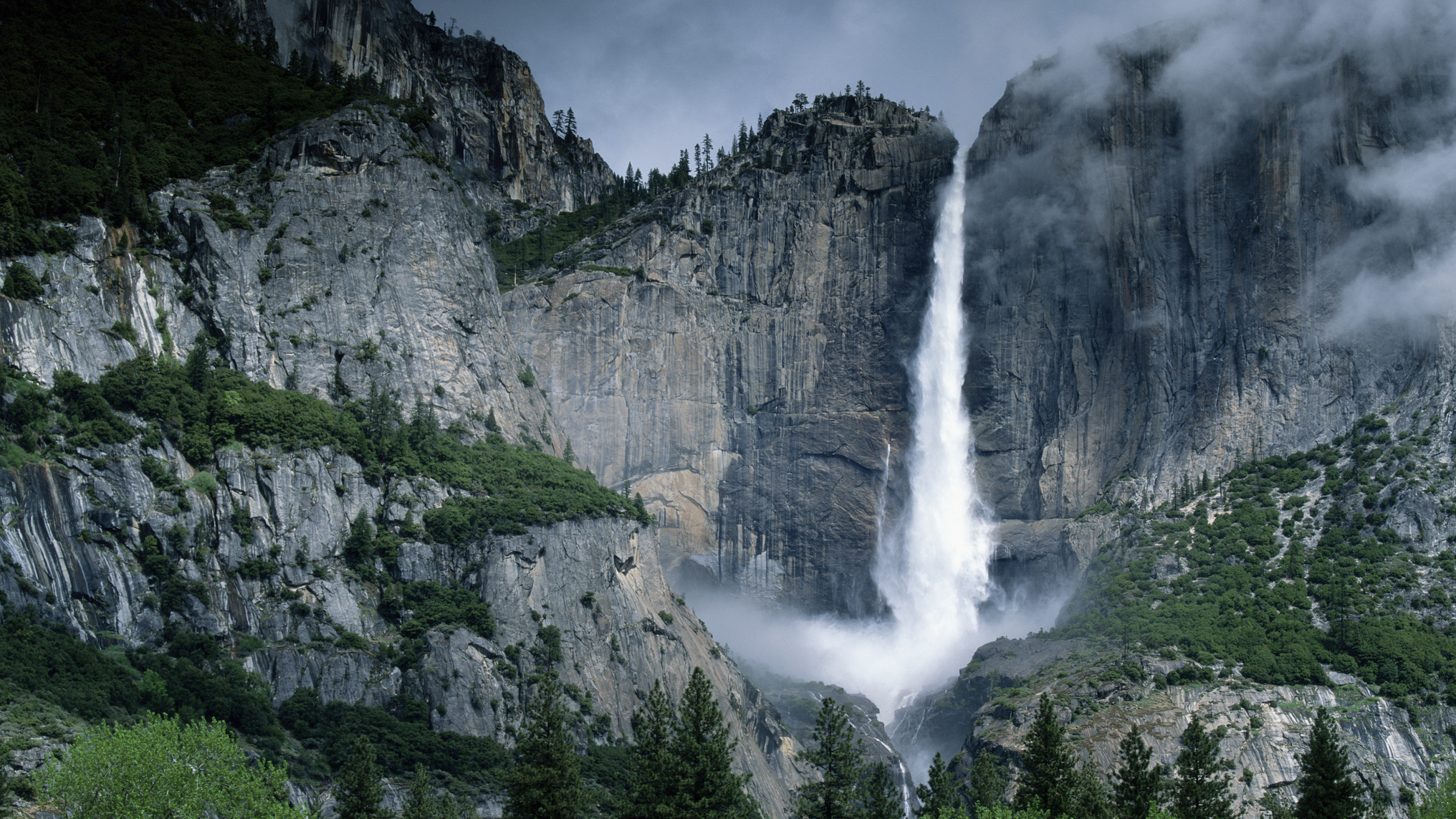Advnture Verdict
This pack lacks a little in the way of compartmentalization, but if capacity and a comfortable carry are your priorities, it’s a winner, whether you’re a traveler, crag climber, or car-camper looking for something that will let you schlep all your kit from your vehicle to your pitch in one go.
Pros
- +
Oodles of space (smaller buyers could practically camp in the thing)
- +
Water-resistant materials
- +
Detachable shoulder straps
Cons
- -
Lack of an interior frame
- -
Short on interior compartments
You can trust Advnture
Patagonia Black Hole Duffel: first impressions
The Patagonia Black Hole duffel is a duffel-backpack hybrid that’s ideal for long-term travelers, gear-intensive crag days, and peeps who take more of an everything-but-the-kitchen-sink approach to packing than a minimalist one. This is the largest duffel in the Patagonia range, but it has a hell of a lot more going for it than size alone.
The Black Hole is made with 100% recycled, Bluesign-approved body fabric, lining and webbing, using a combo of recycled polyester and biobased polyurethane with a TPU-laminate face fabric that gives it both a sleek ‘n’ shiny appearance and a dry-bag-like ability to fend off the elements - something you’d be hard-pressed to find in any other duffel of this size.
The Black Hole “duffel” is also highly versatile, and can be used either as a duffel or a backpack courtesy of two mightily handy, easily detachable shoulder straps that are nicely padded and even have strips of daisy-chain webbing (unsure what this is? Check out our guide to the parts of a backpack) that let you lash on additional gear you want to keep to hand. There are also further daisy-chain strips on the pack’s exterior, along with two robust haul handles (one on each side), a duo of carry straps for those occasions when you ditch the straps and convert into duffel mode, and a padded base to protect against scuffs and scrapes.
The only slight downside to the Patagonia Black Hole Duffel is the lack of compartmentalization – the central storage well is, quite literally, just a large “hole” inside four fabric walls with two small interior mesh pockets and a shoe storage pocket on the exterior. This, however, does have its advantages, particularly if you’re less fussy about tidiness and neatness and just like to have full and quick access to a main compartment into which you can throw all of your kit and caboodle without having to fiddle with extra zippers, Velcro, or buckles, as is the case with many duffels in the same corner of the market.
If you’re unsure whether you need a backpack of this size, check out our feature ‘What size backpack do I need?’, where you’ll find all the advice required to make an informed choice.
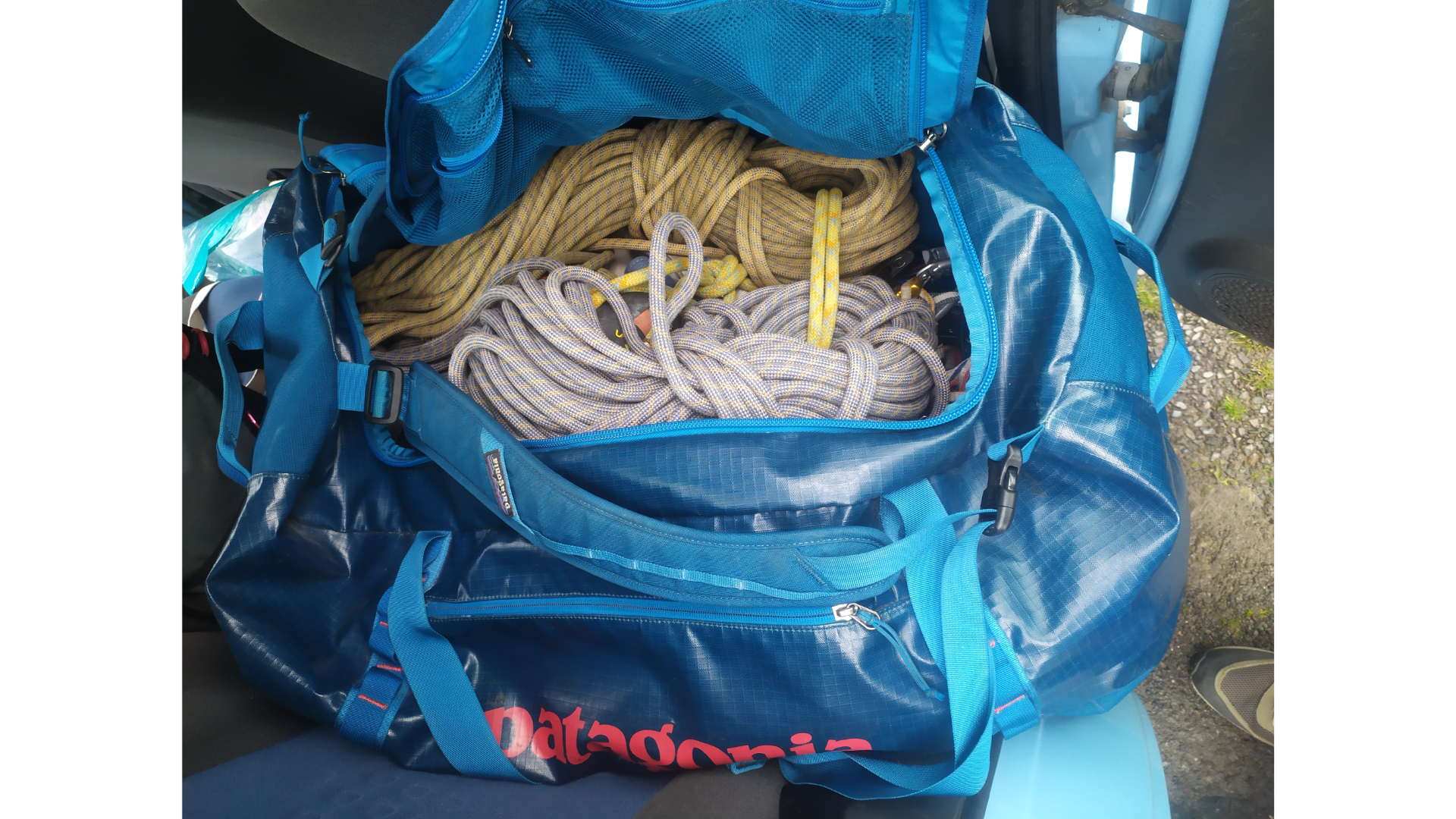
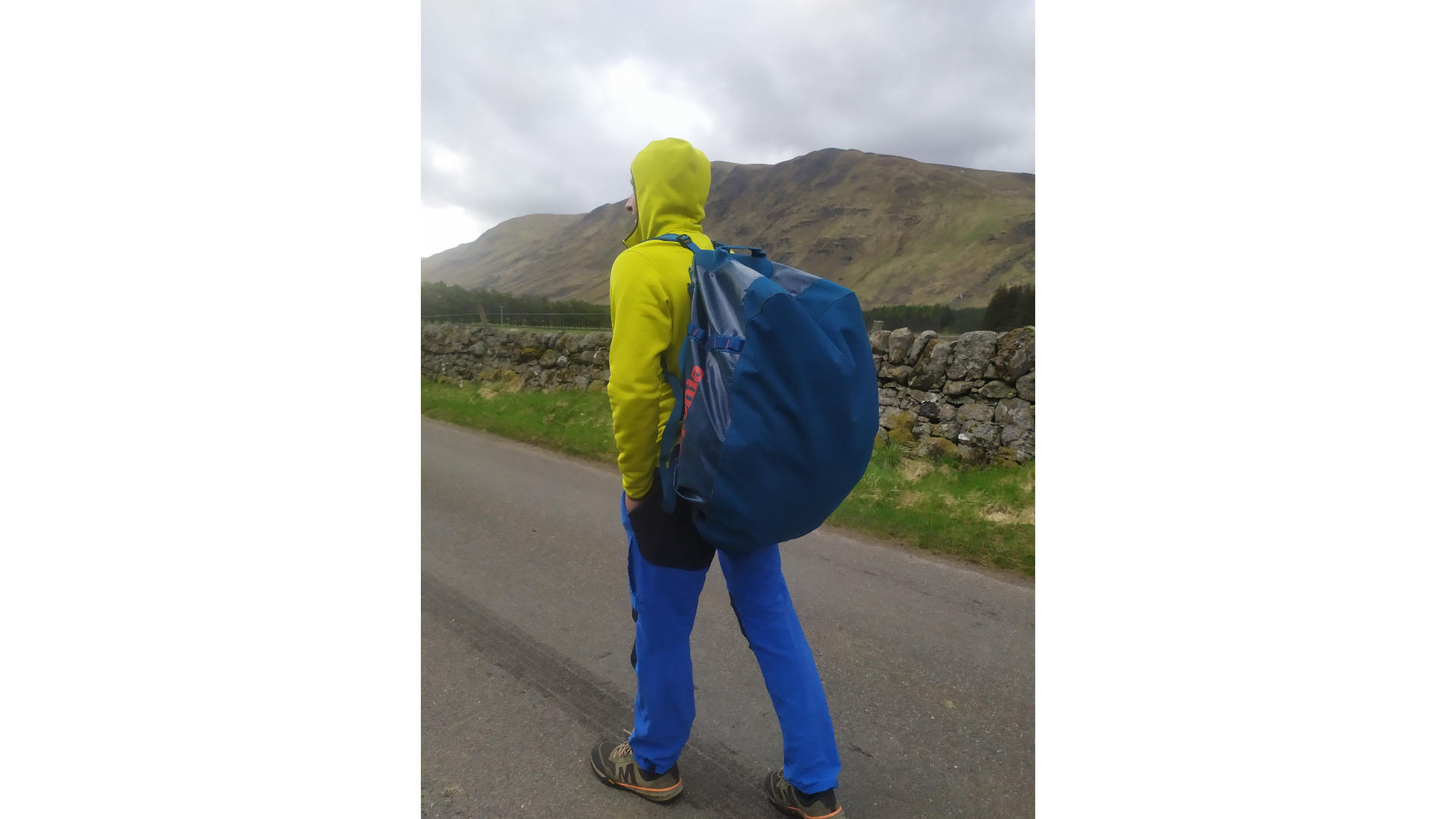
Patagonia Black Hole Duffel: in the field
In the 9 or 10 months that I’ve owned the Patagonia Black Hole Duffel, it has truly earned its place in my kit cupboard. I was skeptical at first, I’ll admit – when, after all, would I need to carry 100 liters’ worth of kit? – but it has proven me wrong by proving itself useful in a wide variety of scenarios.
As a rock climber and hiker who does a fair amount of traveling, the thing I loved the most about the Black Hole is that it allows me to stuff a backpack full of my hiking or climbing kit inside it, ready to go when I land wherever I’m going, while keeping it separate from my everyday clothing and other bits and bobs. And travelling with this pack is easier than with any other carry solution I’ve ever used – when traveling to and from airports and hotels, or on trains, subways, or busses, the straps-on backpack mode allows me to slink through the crowds without clattering knees or aching having to switch carrying hand every hundred steps, as if often the case with out-and-out duffels or suitcases. When it’s time to jump on the plane, being able to detach the straps gives me peace of mind in knowing they won’t be detached or ripped by careless luggage handlers or getting caught in conveyor belts.
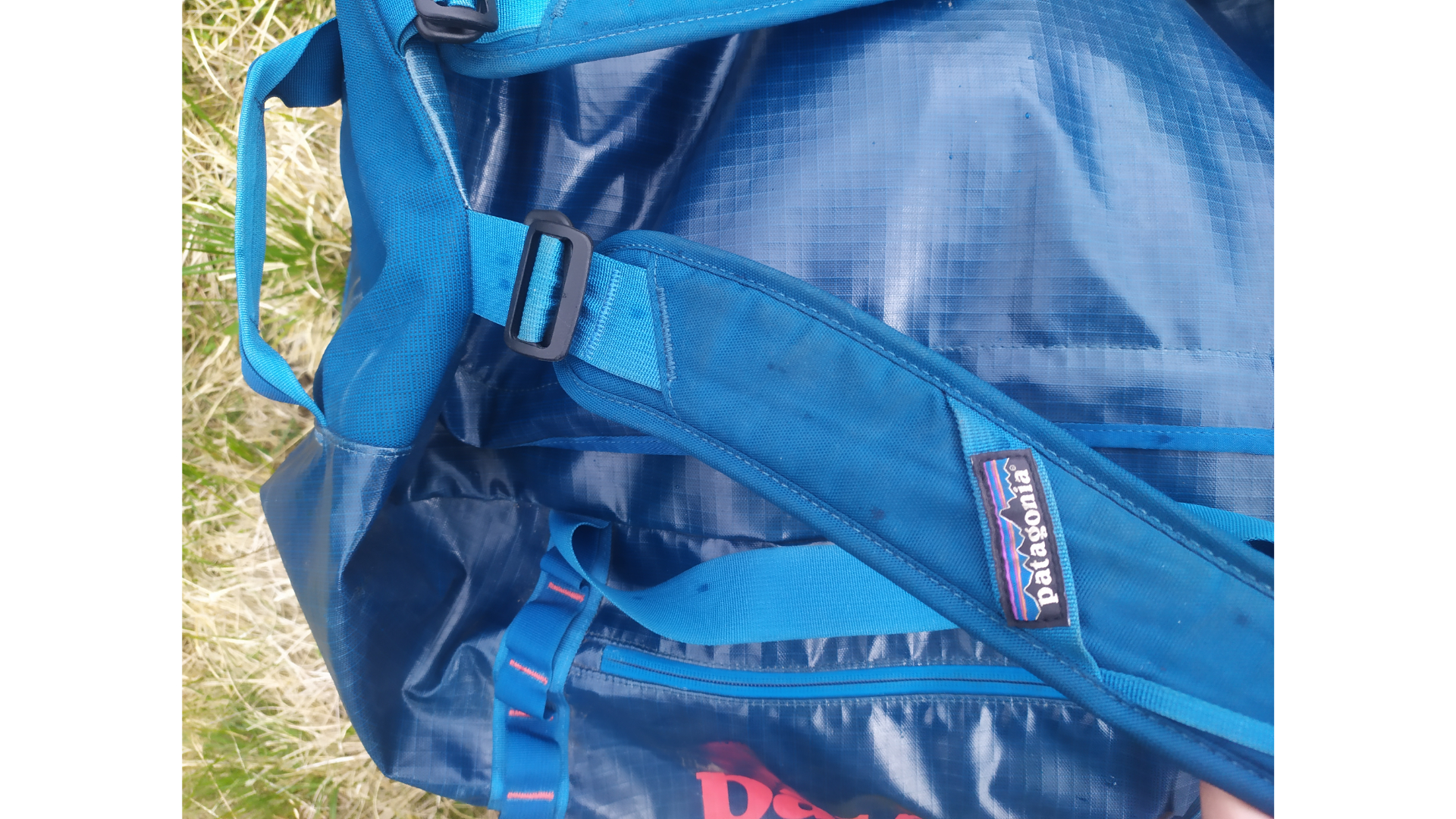
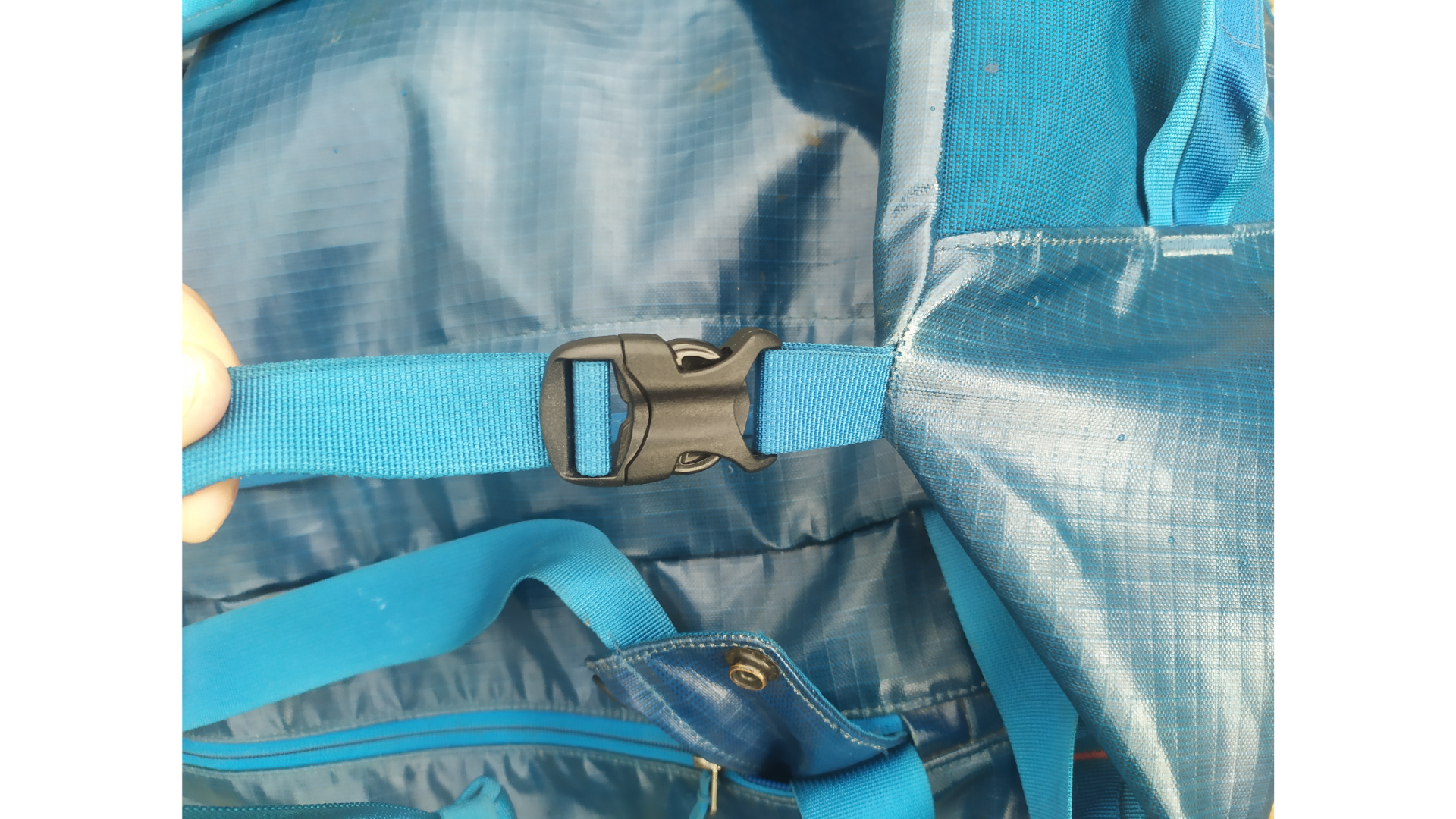
A lot of travel packs have detachable straps, however, and equally as many boast similar dimensions to the Black Hole. So why would I recommend buying this one over its competitors? For starters, there’s that tough polyurethane exterior. Not only is this surprisingly abrasion-resistant and durable (nine months of use and abuse down the line, mine doesn’t have a single scratch), it also sheds water almost instantly, which isn’t something that could be said of most of the backpacks and duffels I’ve traveled with in the past.
Compared to the best hiking backpacks out there, the Black Hole isn’t the easiest or most comfortable carry, mainly owing to the lack of an internal frame and the fact that the only padding is that provided by whatever you stuff inside. Given that it’s not designed to be carried long distances, however, this feels like a fairly minor shortcoming.
Like any great piece of kit, this duffel fills a gap in my gear cupboard, but not only for travel. I also greatly appreciate that I can stow all of my climbing kit in there and rock up at any crag knowing everything I need will be in there. The rugged, weather-resistant materials also mean that moonlighting in this role is well within the Black Hole’s remit and capabilities.
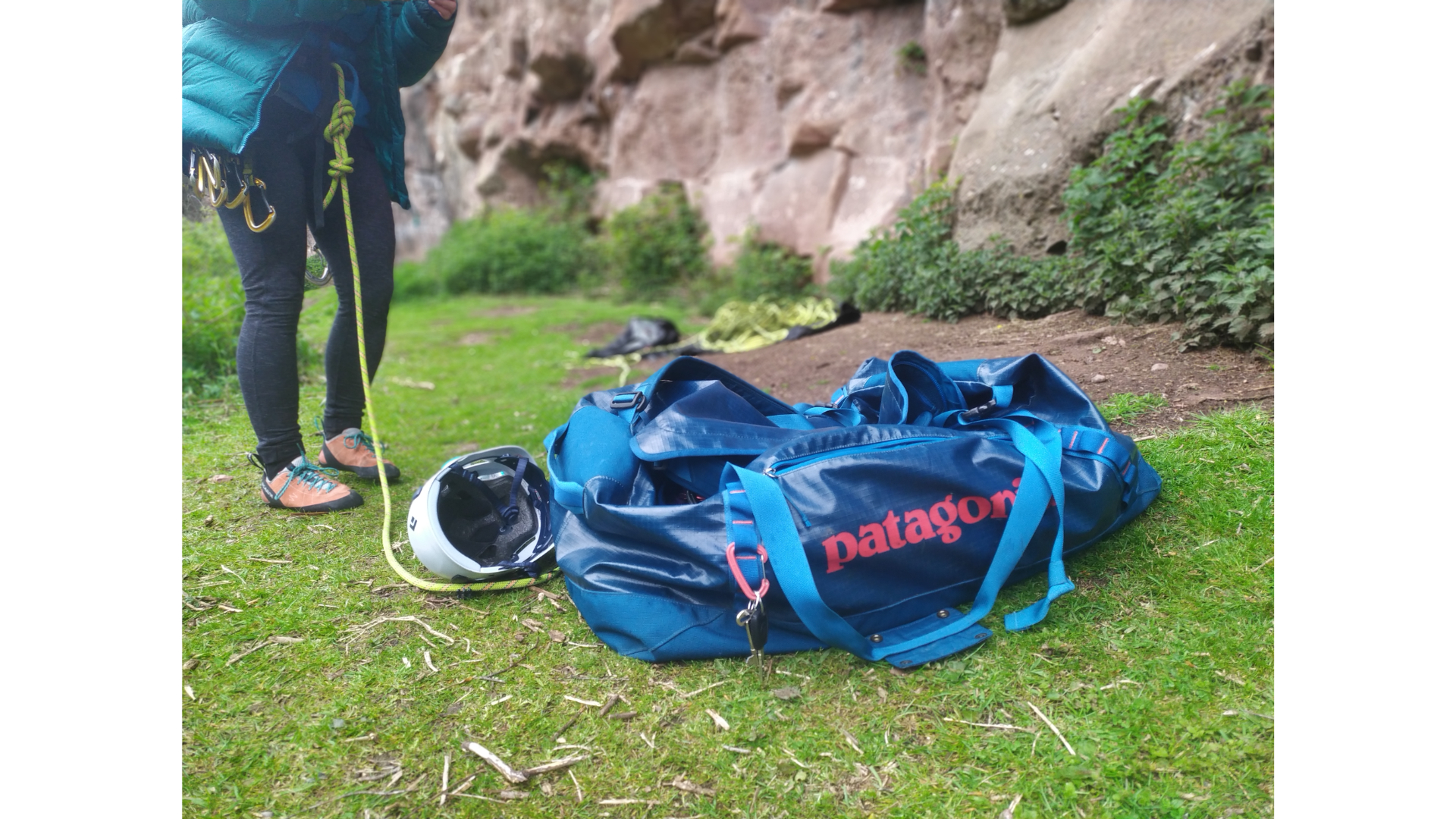
Former Advnture editor Kieran is a climber, mountaineer, and author who divides his time between the Italian Alps, the US, and his native Scotland.
He has climbed a handful of 6000ers in the Himalayas, 4000ers in the Alps, 14ers in the US, and loves nothing more than a good long-distance wander in the wilderness. He climbs when he should be writing, writes when he should be sleeping, has fun always.
Kieran is the author of 'Climbing the Walls', an exploration of the mental health benefits of climbing, mountaineering, and the great outdoors.
